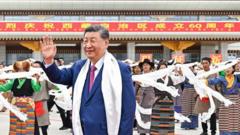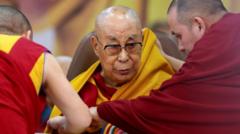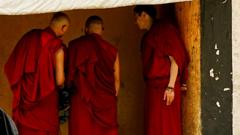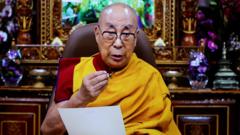As the Dalai Lama nears his 90th birthday on July 6, the Tibetan nation in exile confronts pivotal questions about its leadership and future. Having led tens of thousands out of Tibet for nearly seven decades to escape Chinese repression, he has worked tirelessly to preserve Tibetan culture and governance in a foreign land. He established a rudimentary democratic structure among his people in the Indian Himalayas, instituting a parliament and encouraging civic participation, fostering a sense of community through schools, clinics, and economic cooperatives.
Nonetheless, as the Dalai Lama grows frailer with age, anxieties escalate within the diaspora. His ambition to repatriate Tibetans remains elusive, mainly due to China's relentless efforts to suppress any movement toward Tibetan autonomy. Furthermore, there is growing concern as international allies like the United States display wavering support for the Tibetan cause.
As a pivotal figure, he serves not only as a spiritual beacon but also as a unifying symbol amidst the Tibetan community. The prospect of leadership transition becomes critical, with calls for a succession plan to be articulated during his birthday celebrations. This extension of his lifetime work may also seek innovative methods to evade anticipated Chinese interference in any future leaders. The outcomes of these developments may dictate the course of Tibetan identity and political aspirations for generations to come.





















